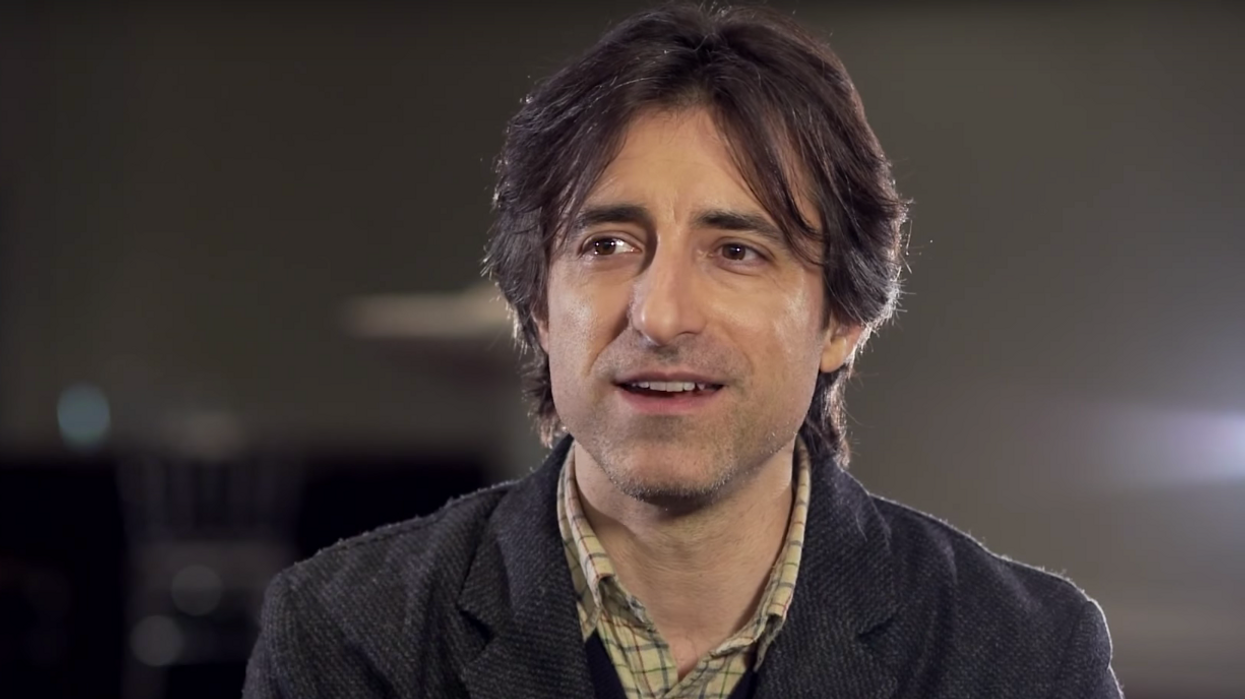Filmmaking Advice Director Noah Baumbach Would Give His 24-Year-Old Self
Auteur Noah Baumbach has become an incredible mind in independent film. His films, like Francis Ha and The Squid and the Whale, speak to youth, family, and relationships in a way that no other director is able to match.

In this BAFTA Guru interview, the While We're Young director discusses what inspires him, his approach to directing, and what kind of advice he'd give to his 24-year-old self. Check it out below:
Themes don't have to be center stage
An a big sigh of relief was heard throughout the interwebs. (Right!?) Themes are difficult to come up with, pinpoint, and focus on while you're trying to write your story, and even though they absolutely serve a purpose in writing, Baumbach says that he doesn't really try to come up with them. He explains that he tends to find something he's interested in writing, a story about couples for example, and just writes the script. Yeah, he and other people can find themes when all is said and done, but, as he describes, he doesn't try to have an "continual conversation" about any issue in particular. In other words, the scope is much smaller in the beginning.
Draw inspiration from everyone and everything
A guy selling oranges on the side of the road, a woman in scrubs playing the penny slots on her lunch break, a conversation you and your buddy are having about why everybody hates fruitcakes, it doesn't matter -- it's all fodder for your story. I came up with the premise to my "cannibal kid" screenplay by simply sitting on my porch watching a woman help her elderly mother take groceries out of her trunk. So, it's important to keep your eyes, ears, and mind open to the drama that's happening all around you, because you never know when something will turn out to be that missing piece in your story.
Be a ruthless director and editor
Okay, Baumbach isn't telling everyone to be a ruthlessly mean on set or in the editing room, but rather to be ruthlessly conservative with what you keep in your film.
When I'm editing, which is kind of a continuation of directing, I'm even more ruthless. I'm generally the one saying to my editor, "Do we even need that? Let's just get rid of that line." She's usually the one defending the writer.
Advice for young filmmakers: "Technology has made it a whole different thing."
The technological advances in digital cinema have really democratized filmmaking. Baumbach says that if he were able to make his first feature Kicking and Screaming today, he would've shot it "off the grid" on digital with his friends. But his advice for all young filmmakers is essentially the same thing most successful filmmakers give, which is to just go do it.
By any means necessary, do it. Find a way to make your movie, because if you wait around asking for permission, you may not get the opportunity.
Source: BAFTA Guru












